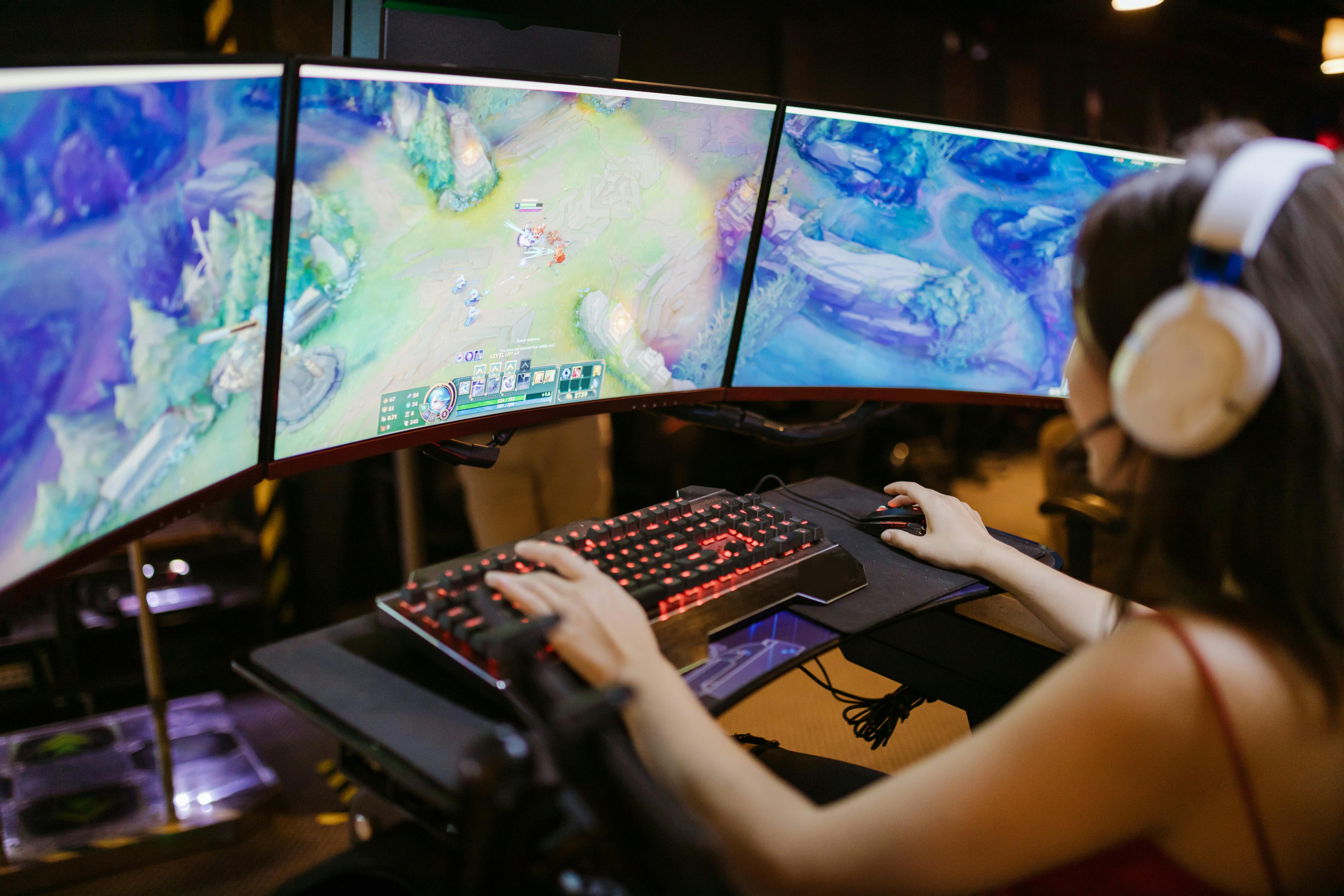How Gaming Consoles Compare: PlayStation, Xbox, and Nintendo Switch
The landscape of gaming consoles blends dedicated hardware, exclusive titles, and evolving online services to support a wide range of player preferences. Whether you value cutting-edge graphics, broad subscription libraries, or portable play, understanding how different systems handle video games helps you choose hardware that matches the way you play and the games you enjoy.

What are gaming consoles?
Gaming consoles are purpose-built devices designed to run video games with optimized performance and a consistent user experience. Consoles typically include a controller, an operating system tuned for entertainment, and access to digital storefronts for buying and downloading games. They also integrate social features, streaming apps, and backward compatibility in varying degrees. For many players, consoles simplify setup and updates compared with custom PC builds while offering exclusive titles that shape platform identity.
How do video games differ across platforms?
Video games vary by platform in terms of exclusives, performance, and online ecosystems. Some studios release titles exclusively on one console for strategic reasons, which can influence a buyer’s choice. Performance differences—resolution, frame rate, and load times—depend on a console’s hardware generation and game optimization. Additionally, multiplayer ecosystems and subscription services affect the value proposition: matchmaking, cloud saves, and bundled game libraries change how players access and play a wide catalog of games across systems.
What to know about PlayStation choices?
PlayStation systems focus on narrative-driven exclusives, cinematic presentation, and strong single-player offerings. Newer PlayStation models prioritize fast storage and higher-fidelity graphics to support immersive single-player and cinematic experiences. PlayStation also offers subscription tiers that bundle online play, legacy titles, and cloud streaming. If your library preference leans toward story-led titles and first-party studio releases, PlayStation platforms often aim to deliver those experiences with strong developer support for visual and narrative quality.
How does Xbox compare for services and libraries?
Xbox positions itself around services and backward compatibility alongside its hardware. Xbox Game Pass is a key differentiator, offering a rotating library of games—including new releases from first-party studios—via a subscription model that can change a console’s cost-effectiveness. Microsoft’s emphasis on cross-generation compatibility and cloud play expands access to titles across devices. For players who prioritize a broad, subscription-driven catalog and cross-device play, Xbox’s ecosystem is designed to reduce barriers to trying many different video games.
Nintendo Switch: portable and home play?
The Nintendo Switch family blends handheld portability with docked TV play, targeting unique experiences and Nintendo-first franchises. Switch hardware trade-offs prioritize versatility and battery life over raw graphical power, but exclusive series such as Mario, Zelda, and Pokémon define its value. Nintendo’s approach centers on gameplay design and creativity, often producing titles that appeal across age groups and casual-to-core players. The Switch ecosystem includes a compact online service and a robust second-hand market for physical cartridges.
The following table gives a snapshot comparison of current mainstream console models, their providers, key features, and rough cost estimates to help you weigh options practically.
| Product/Service Name | Provider | Key Features | Cost Estimation |
|---|---|---|---|
| PlayStation 5 (Disc) | Sony | High-performance CPU/GPU, Ultra-fast SSD, Blu-ray drive | ~$499 USD |
| PlayStation 5 (Digital) | Sony | Same performance without disc drive, lower initial storage | ~$399 USD |
| Xbox Series X | Microsoft | High-end CPU/GPU, backward compatibility, Quick Resume | ~$499 USD |
| Xbox Series S | Microsoft | Lower-cost digital-only, smaller storage, targets 1440p | ~$299 USD |
| Nintendo Switch OLED | Nintendo | OLED screen, improved dock and audio, portable/home hybrid | ~$349 USD |
| Nintendo Switch (standard) | Nintendo | Original hybrid model, detachable Joy-Cons | ~$299 USD |
| Nintendo Switch Lite | Nintendo | Handheld-only, smaller and lighter | ~$199 USD |
Prices, rates, or cost estimates mentioned in this article are based on the latest available information but may change over time. Independent research is advised before making financial decisions.
Real-world cost and value considerations
Beyond initial purchase price, real-world console ownership includes additional costs and choices: extra controllers, larger storage drives or external SSDs, game purchases (digital or physical), and ongoing subscriptions such as PlayStation Plus, Xbox Game Pass, or Nintendo Switch Online. Bundles that include games can raise upfront cost but improve value for specific players. Refurbished or pre-owned consoles and seasonal promotions can substantially lower acquisition costs. When comparing consoles, consider both hardware price and the typical amount you’ll spend on services and games over the first one to three years.
In summary, selecting a console involves balancing hardware capabilities, the kinds of video games you prefer, and the ongoing services that shape your playing experience. PlayStation tends to attract players seeking high-fidelity single-player and cinematic titles, Xbox emphasizes subscription value and backward compatibility, and Nintendo Switch offers a distinct portable-plus-home experience with its exclusive franchises. Evaluating your play habits, preferred games, and total ownership costs will help match a console to the way you want to play.





